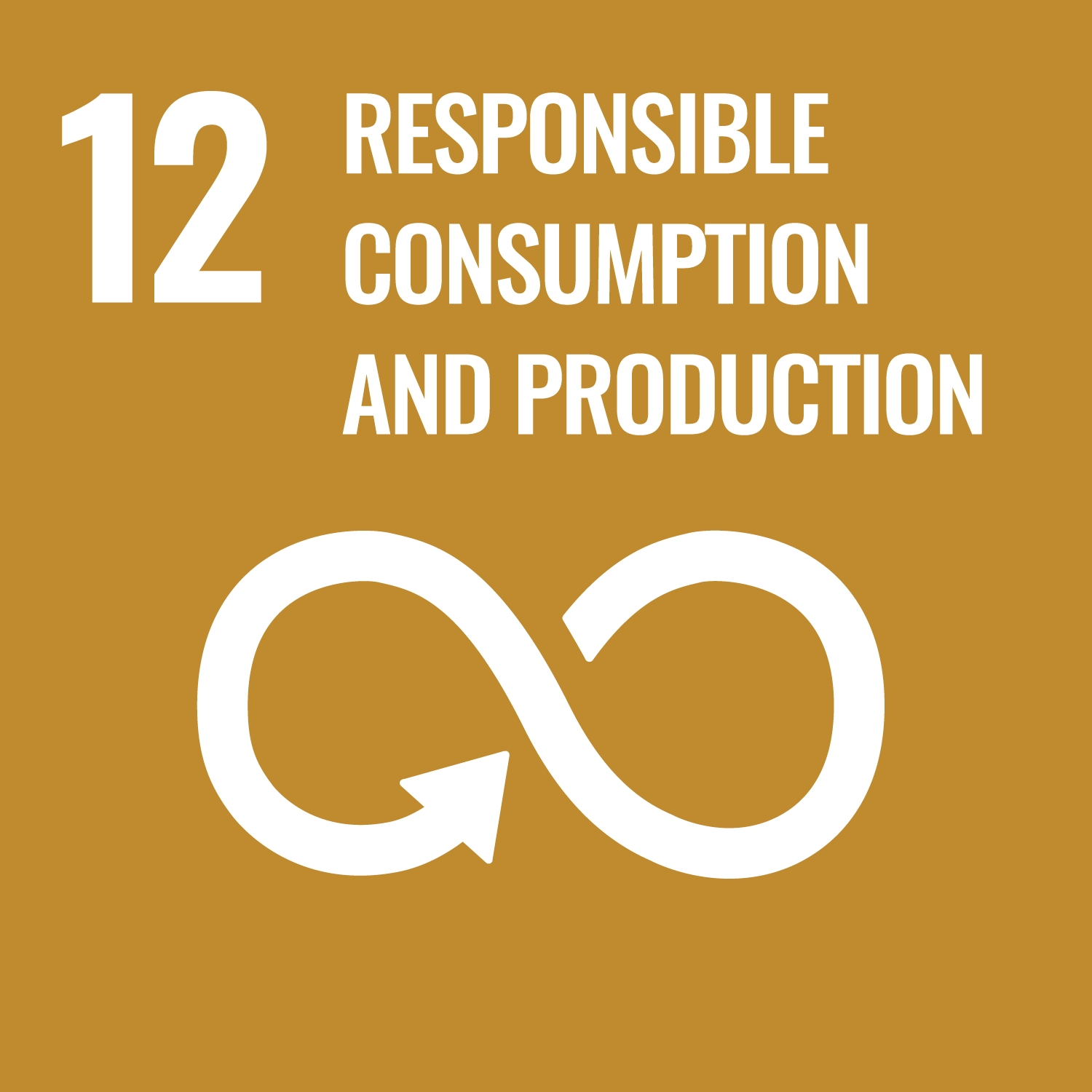Sustainability » Our 7 Priorities
OUR 7 PRIORITIES
The Strategy and Action Plan will prioritise 7 key economic, environmental and social factors which are then addressed with 57 measurable and time specific actions. The action plan’s content is likely to evolve over time in response to new priorities, opportunities and challenges.
We will activate and curate Fitzrovia’s key streets and ensure high occupancy rates.
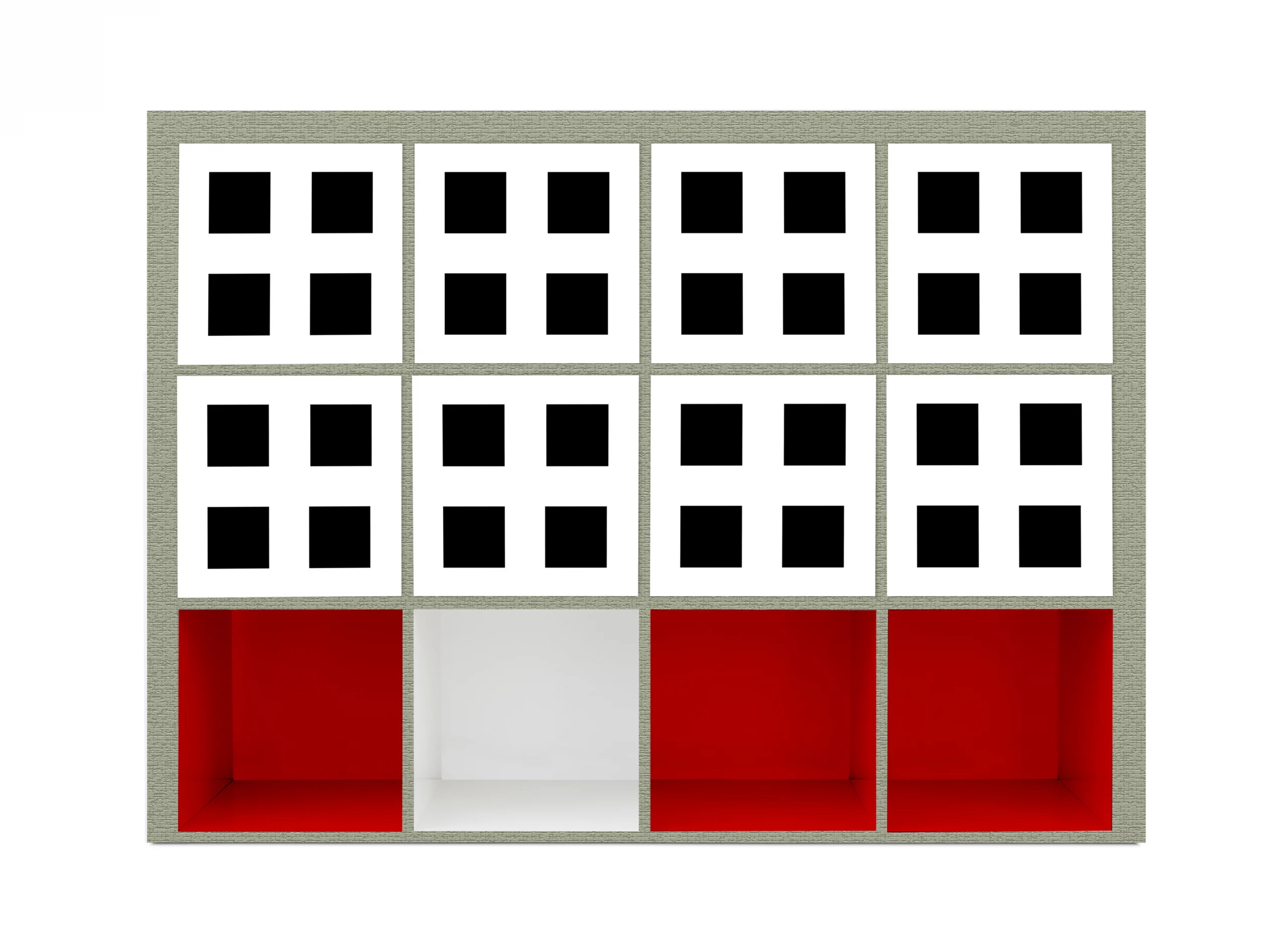
Key Actions
- Work with property owners and the two borough councils to explore the challenges on key corridors and develop place action plans
- Work with businesses and stakeholders to deliver activations and festivals to encourage footfall into Fitzrovia.
TFP Sustainability Theme
Economic.
United Nations’ Sustainable
Development Goals (SDGs)
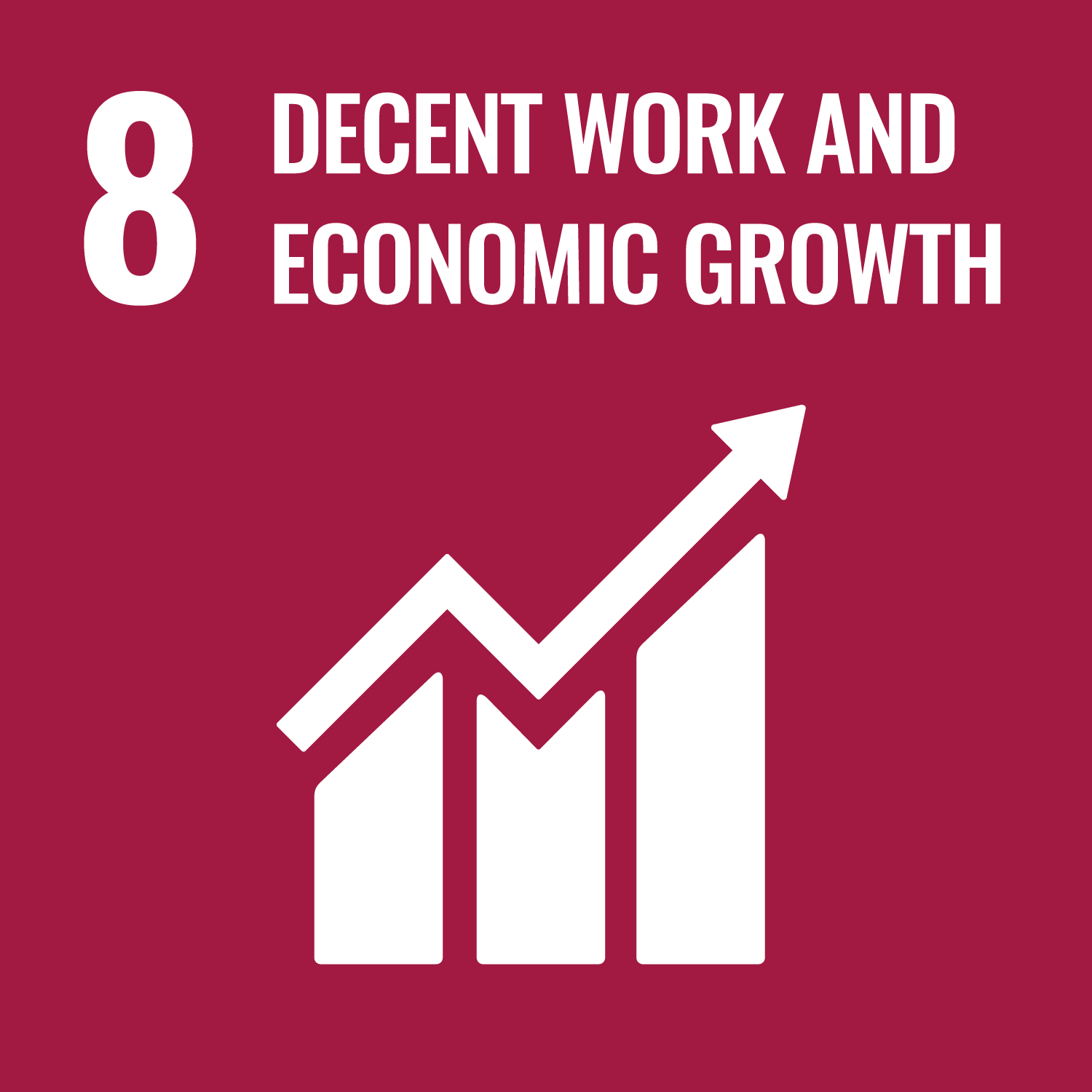
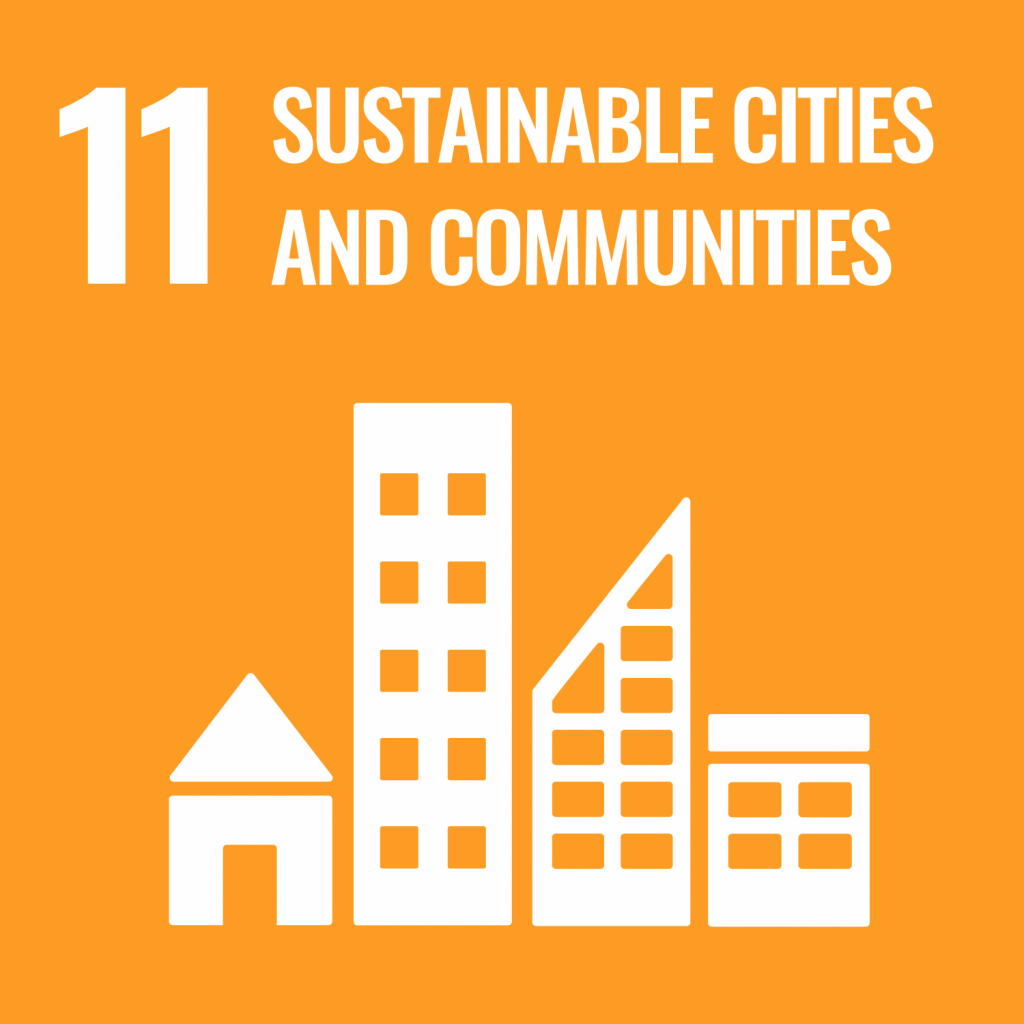
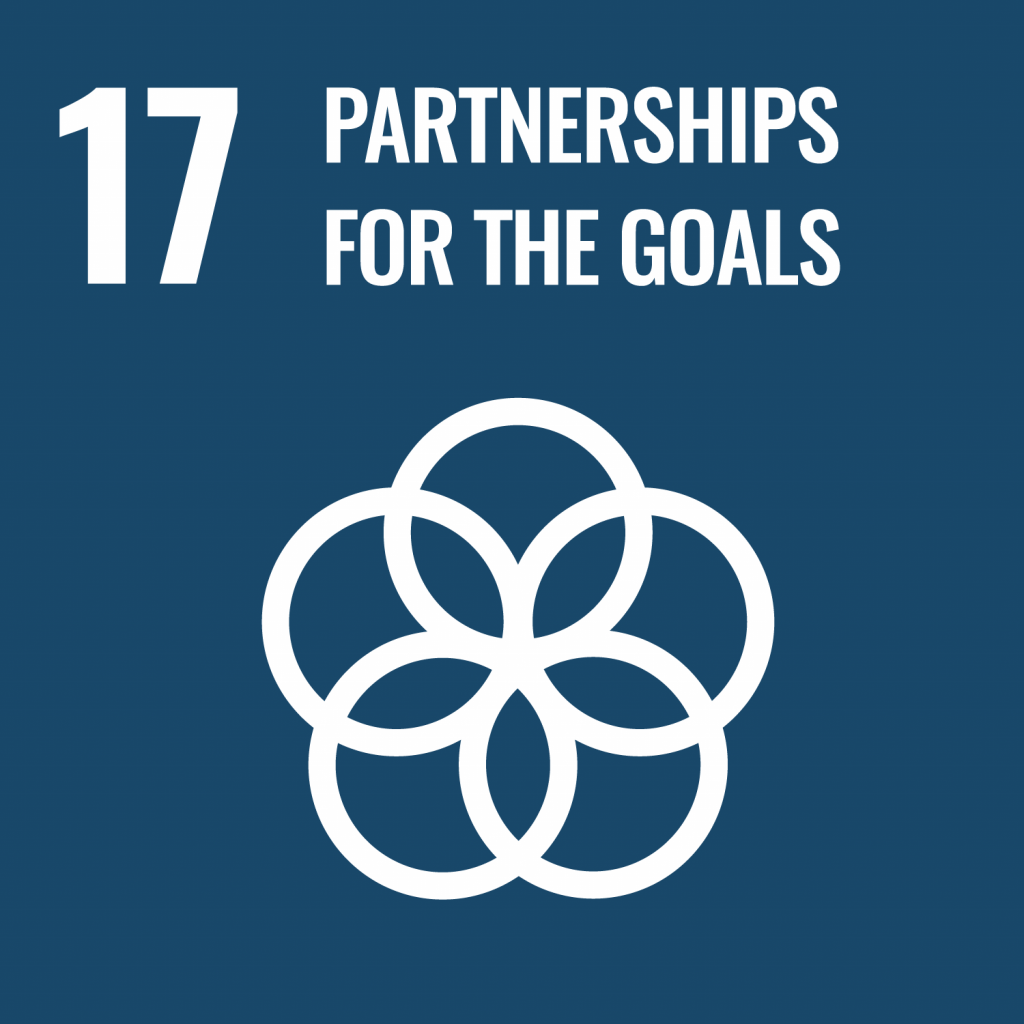
Reducing material consumption to reduce waste through better maintenance, refurbishment and/or turn waste products into added-value products for use in the district.
The University of Westminster’s Cavendish Living Lab focuses on co-creating sustainable solutions to real-world problems. Students work collaboratively with their peers, academics and various stakeholders to address issues such as food waste, plastic waste and wastewater.
In partnership with Kaffeine Café and Espresso Bar, coffee grounds are recycled to grow microgreens, which are donated to the Fitzrovia Soup Kitchen. This collaboration highlights how a local micro-circular economy can operate in practice.


Key Actions
- Resource Efficiency: Support businesses to improve resource efficiency by using fewer raw materials and energy.
- Product Life Extension: Promote methods for extending the life of products, such as offering repair services, providing spare parts.
- Re-think waste as a resource: Using recycled materials in manufacturing and creating products from industrial by-products (see also recycling section below).
TFP Sustainability Theme
Environmental and economic.
United Nations’ Sustainable
Development Goals (SDGs)
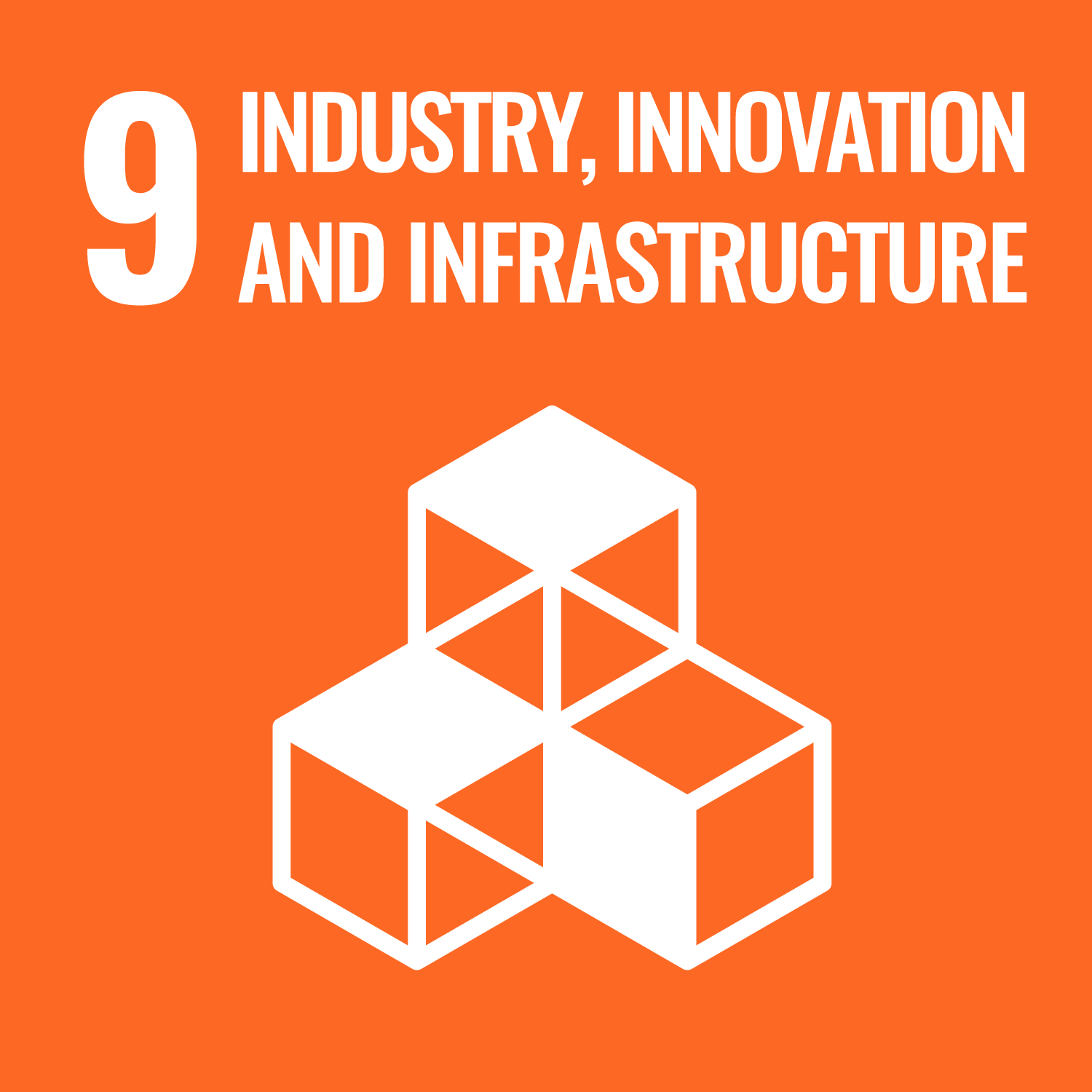

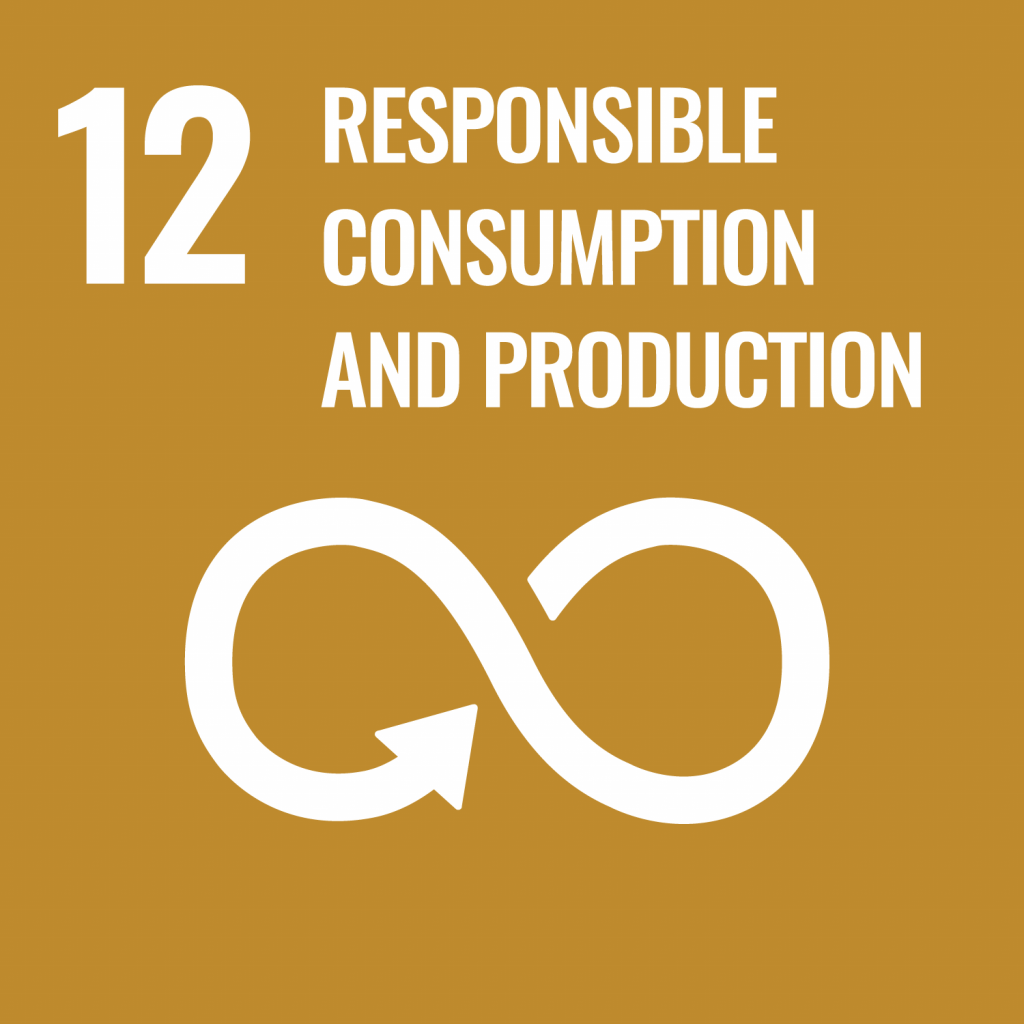

3. Buildings’ Emissions
We will accelerate programmes to reduce carbon emissions and energy costs.
Buildings’ energy use is the major cause of carbon emissions in Fitzrovia contributing to 55% of total carbon emissions (2021).
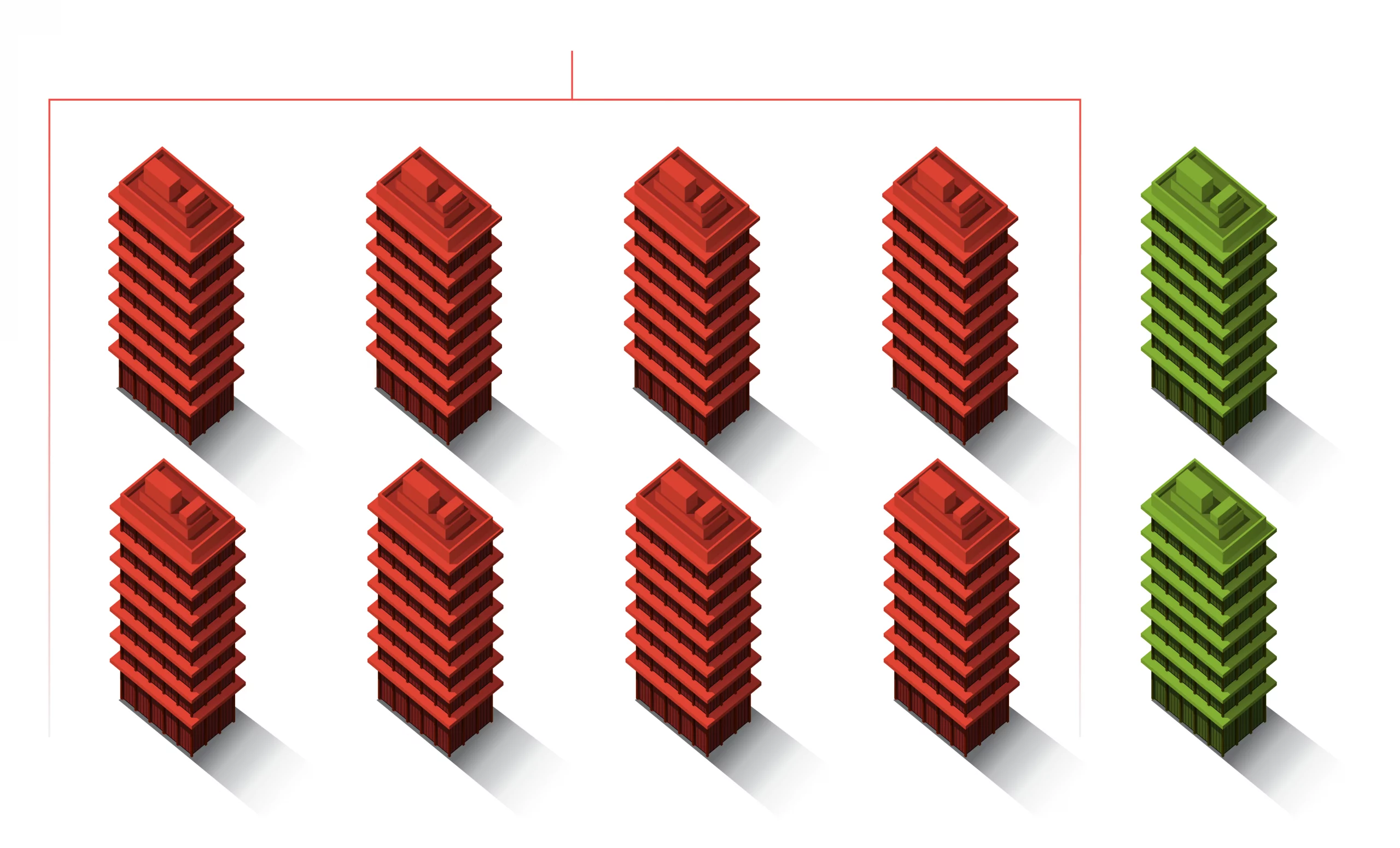
Up to 80% of commercial buildings will not be lettable in 2030 due to their energy rating unless interventions are made to achieve an EPC rating of A or B.
Key Actions
- Work with the Greater London Authority (GLA) and the two Local Authorities to identify funding to expand and accelerate the current buildings retrofit programme.
TFP Sustainability Theme
Environmental and economic.
United Nations’ Sustainable
Development Goals (SDGs)
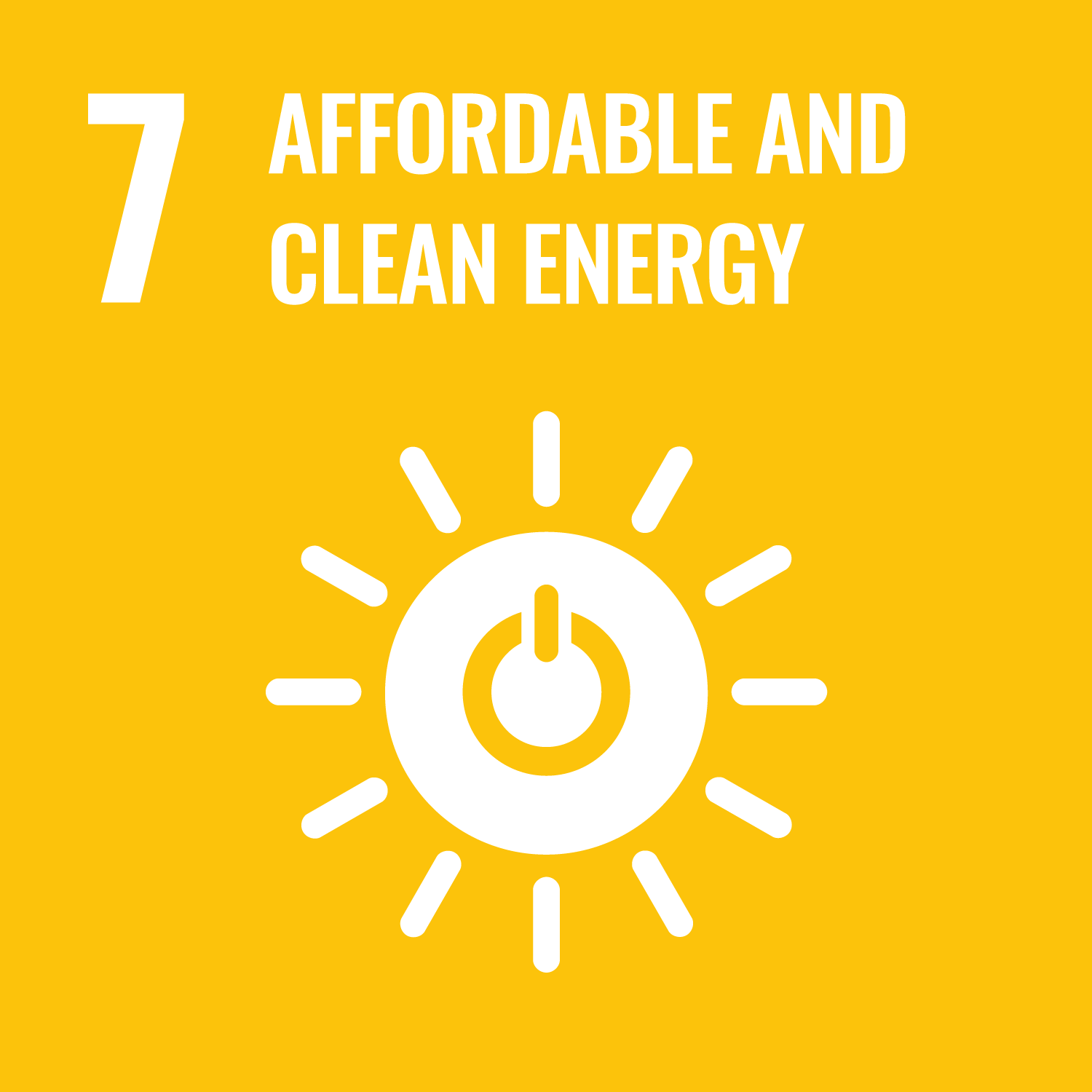

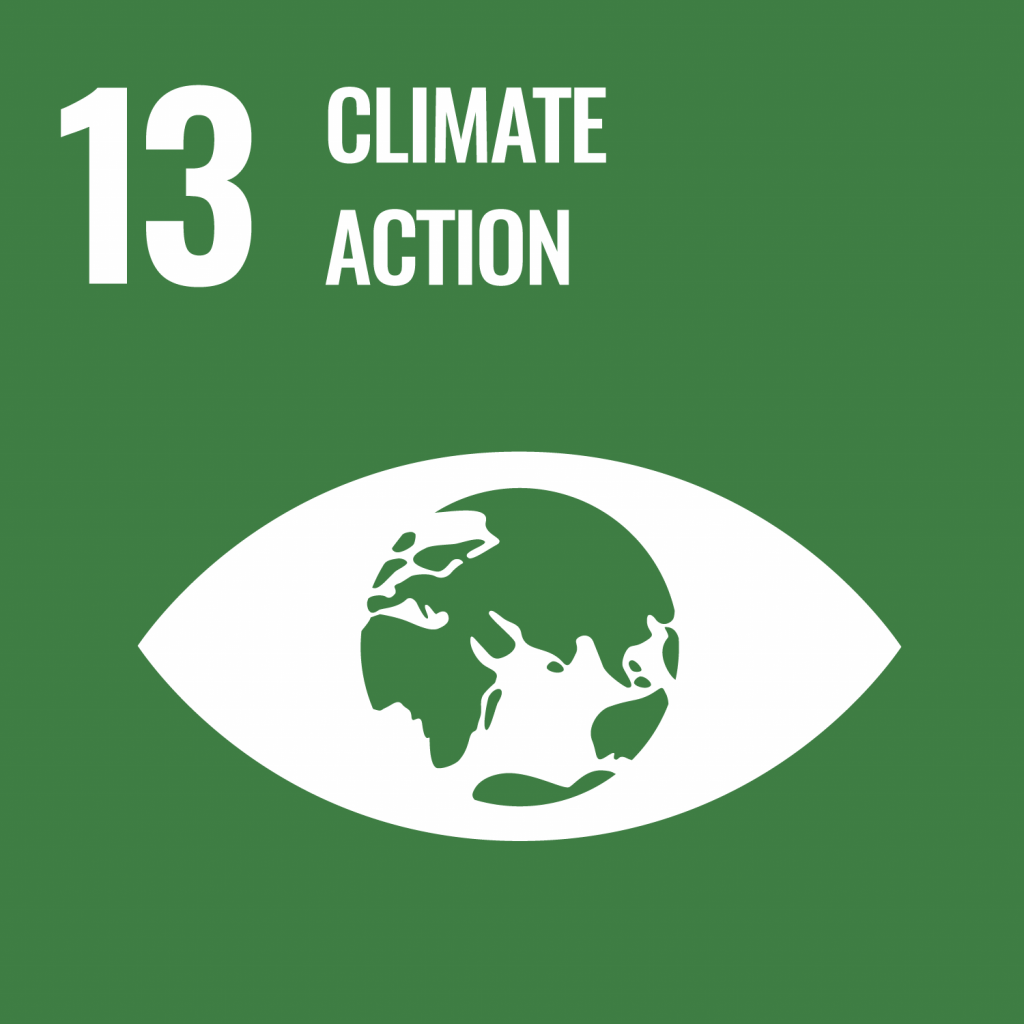

4. Air Quality
We will accelerate programmes to reduce carbon emissions and energy costs and work with businesses and the community to improve our area’s air quality.
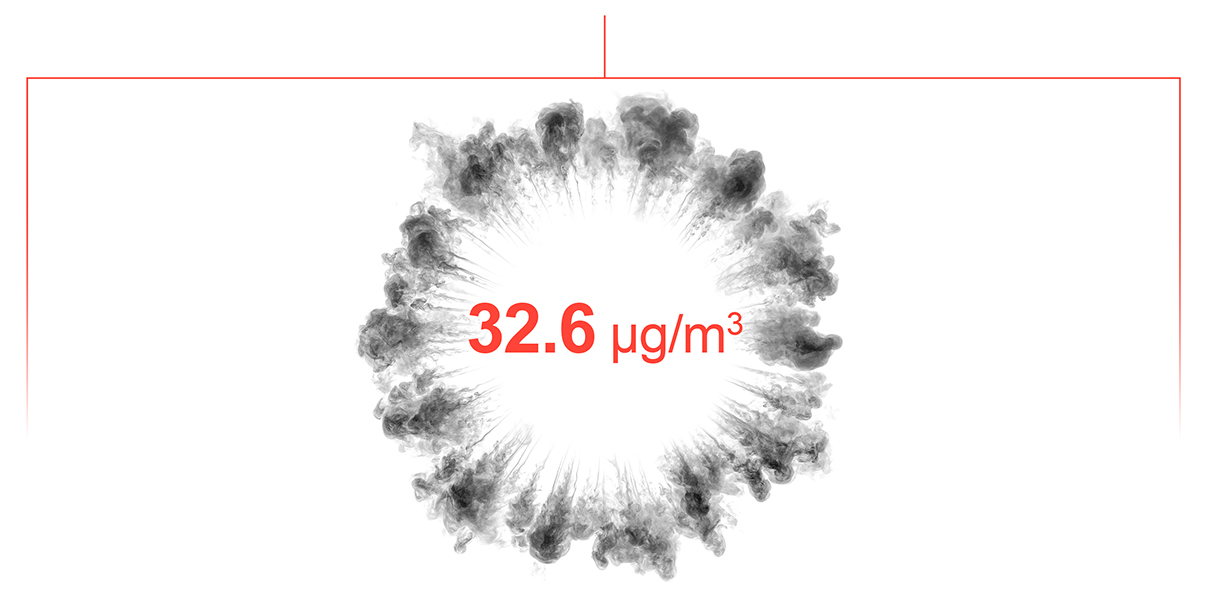
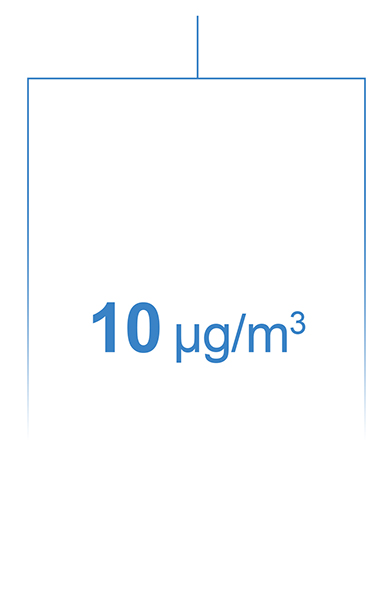
Commercial activity is the main cause of NO2 followed by road transport, with Euston/Marylebone Roads being the most polluted in London.
* Source: DEFRA – as of March 2025
Key Actions
- Support the retrofitting of at least 30 buildings a year to enhance energy efficiency and reduce emissions, with a target of reducing energy consumption by 10% across retrofitted buildings.
TFP Sustainability Theme
Environmental.
United Nations’ Sustainable
Development Goals (SDGs)
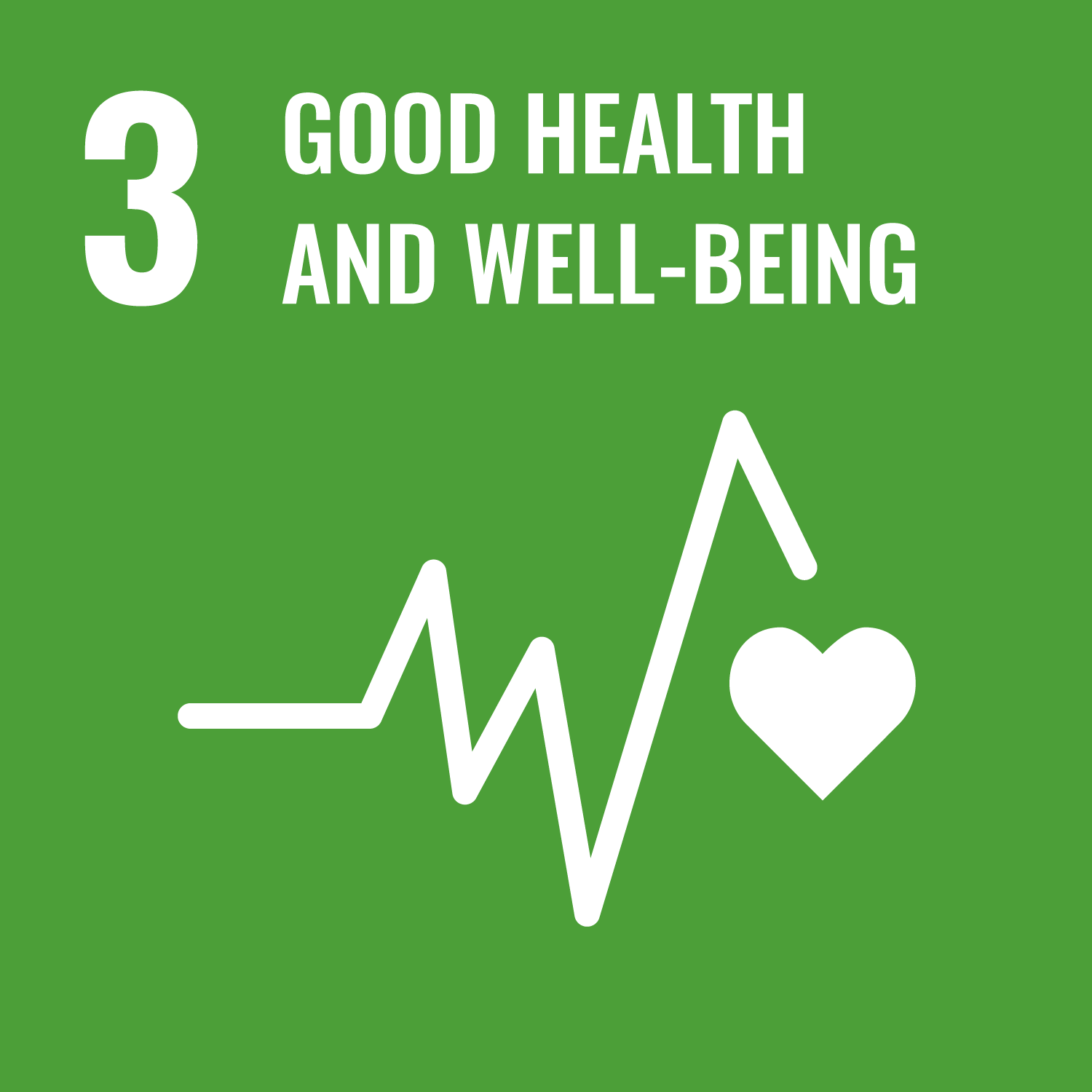


We will work with partners to increase green space and support nature recovery across Fitzrovia.
FITZROVIA
3.9m2

WESTMINSTER
21.7m2

CAMDEN
24.5m2
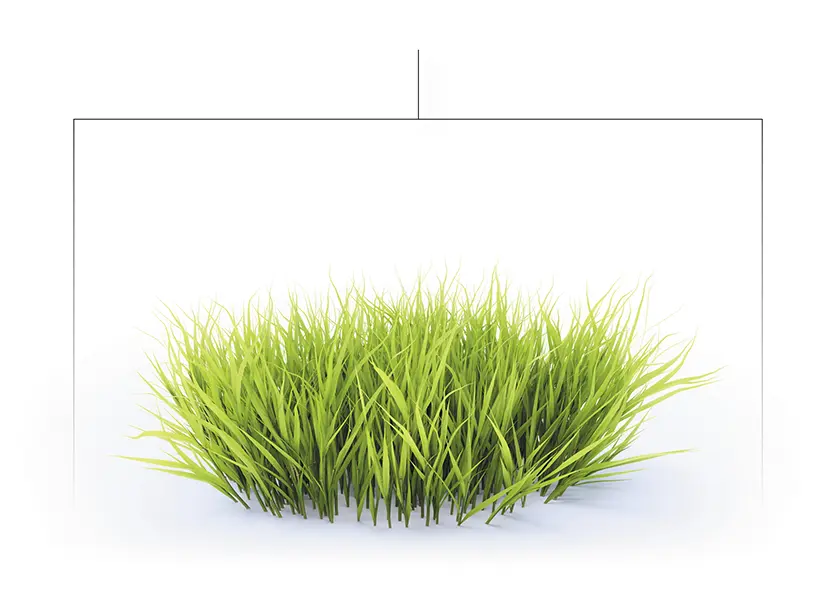
Maintenance of the area’s green spaces and planters needs further interventions.
Key Actions
- Work with both Local Authorities to integrate
biodiversity and climate adaptation measures,
including the installation of rain gardens and the planting of new trees into all public realm project plans. - Engage businesses as part of their corporate
social responsibility programmes to deliver nature recovery. - Work with the community and borough councils to support and maintain the area’s green spaces, trees and planters.
- Work with both Local Authorities to identify new tree planting opportunities and secure external funding for trees in Fitzrovia.
TFP Sustainability Theme
Environmental and social.
United Nations’ Sustainable
Development Goals (SDGs)
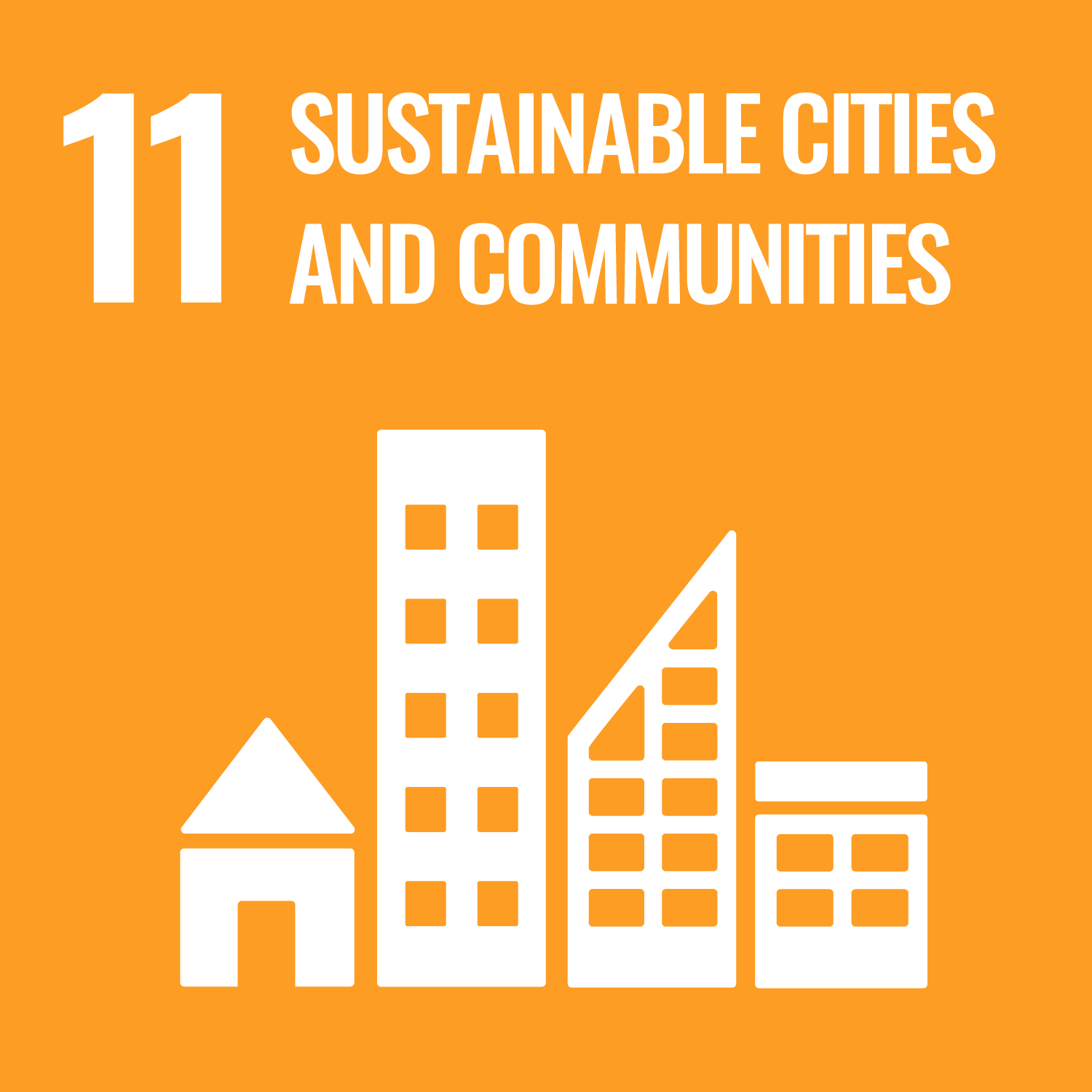
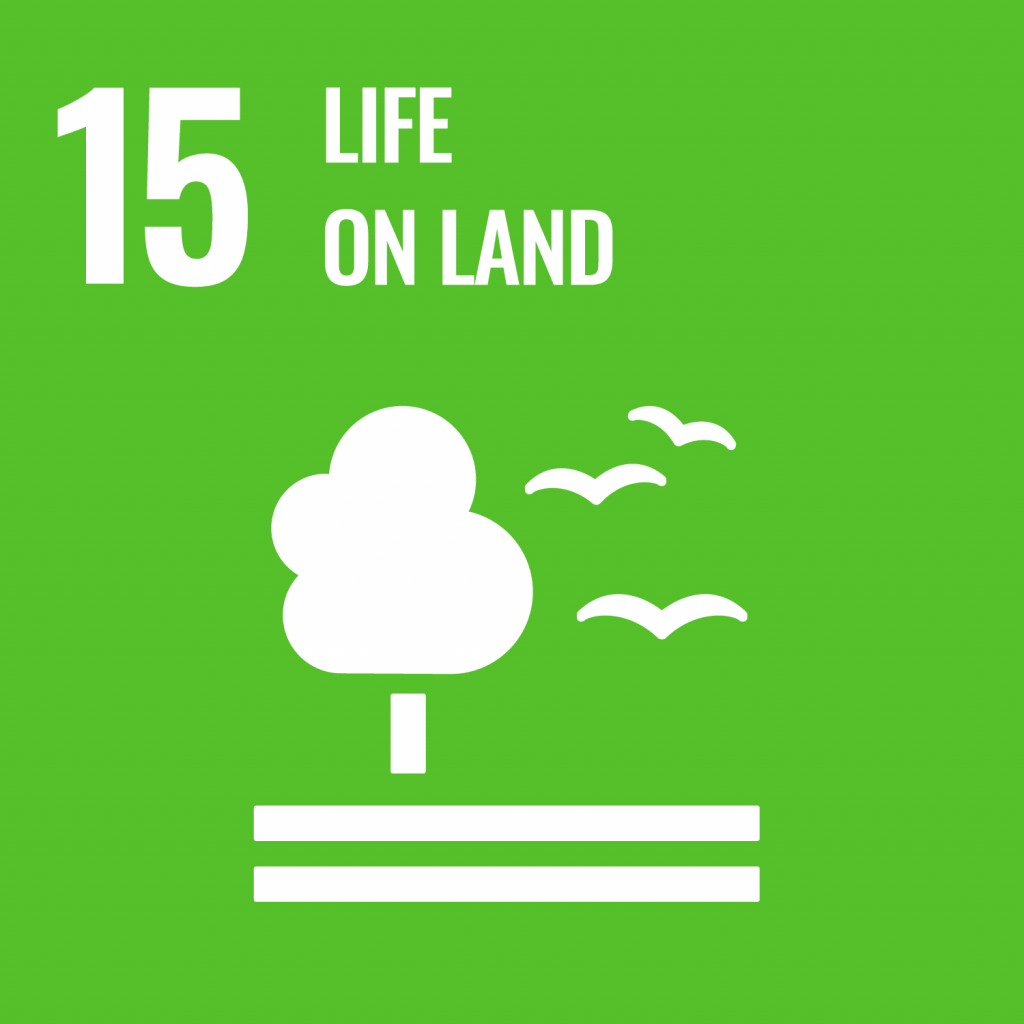

6. Public Realm and Sustainable Transport
We will reimagine key streets to support walking, cycling and healthy lifestyles.
Streets and spaces are not always prioritised for people to dwell and children to play – particularly in Fitzrovia Westminster. There are few cycle routes compared to other areas.
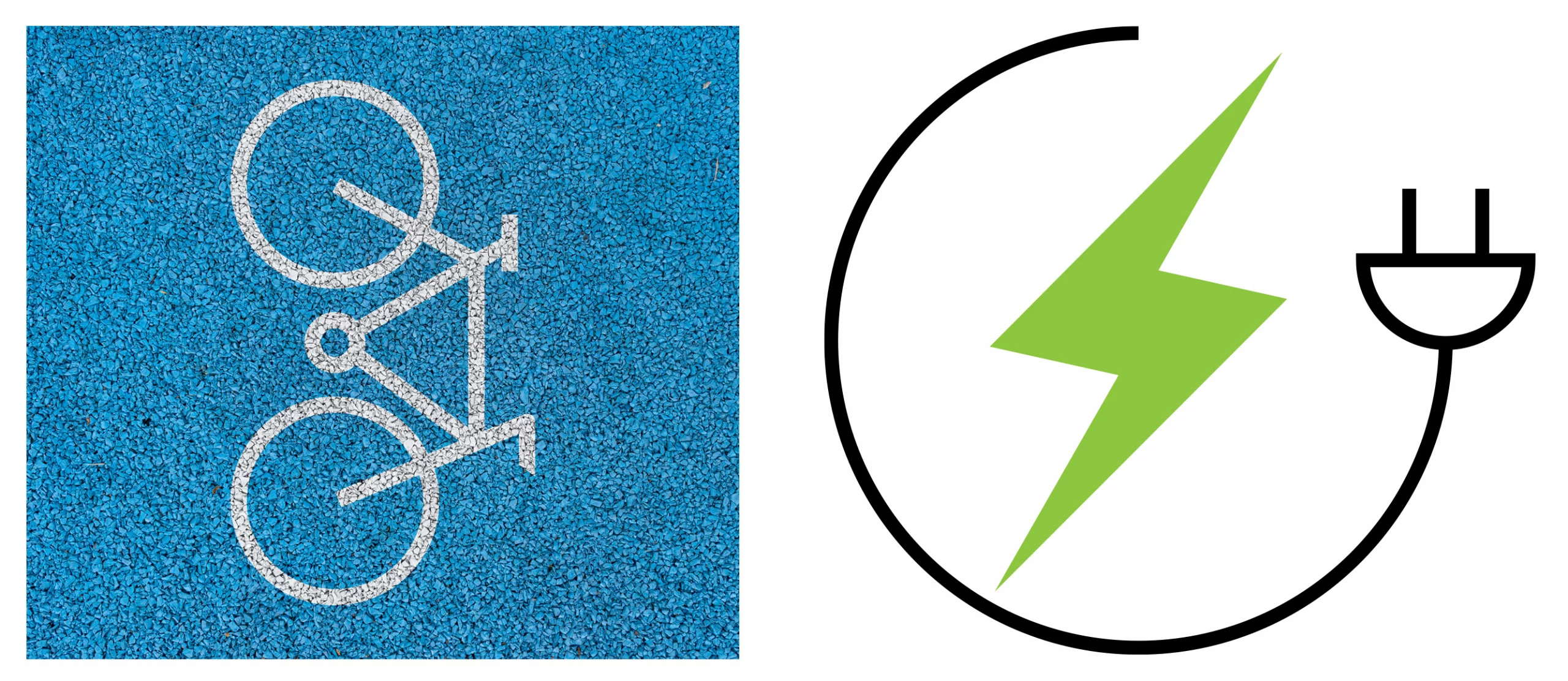
Key Actions
- Work with Camden Council to deliver new public realm schemes on Charlotte Street and Chitty Street.
- Work with both Local Authorities to identify and progress other public realm projects.
- Work with stakeholders and the community to implement the positive placemaking learnings
from Rabbit Warren Street.
TFP Sustainability Theme
Economic, environmental and social.
United Nations’ Sustainable
Development Goals (SDGs)


7. Recycling and Waste
Recycling rates are below the London average for Local Authority-managed waste and currently not on target to achieve the 2030 London-wide target.

Average Recycling Rates
London Target
65%
London Average
33%
Camden
28%
Westminster
25%
Key Actions
- Work with both Local Authorities to establish 10 additional street collection points for waste and recyclables.
- Launch trial projects for the collection of problem materials, such as vapes, with quarterly reviews to assess effectiveness.
- Increase the uptake of separate stream recycling such that 80% of businesses use preferred supplier schemes.
TFP Sustainability Theme
Environmental.
United Nations’ Sustainable
Development Goals (SDGs)

